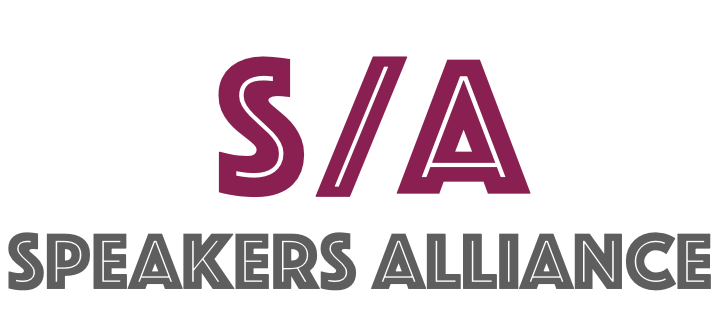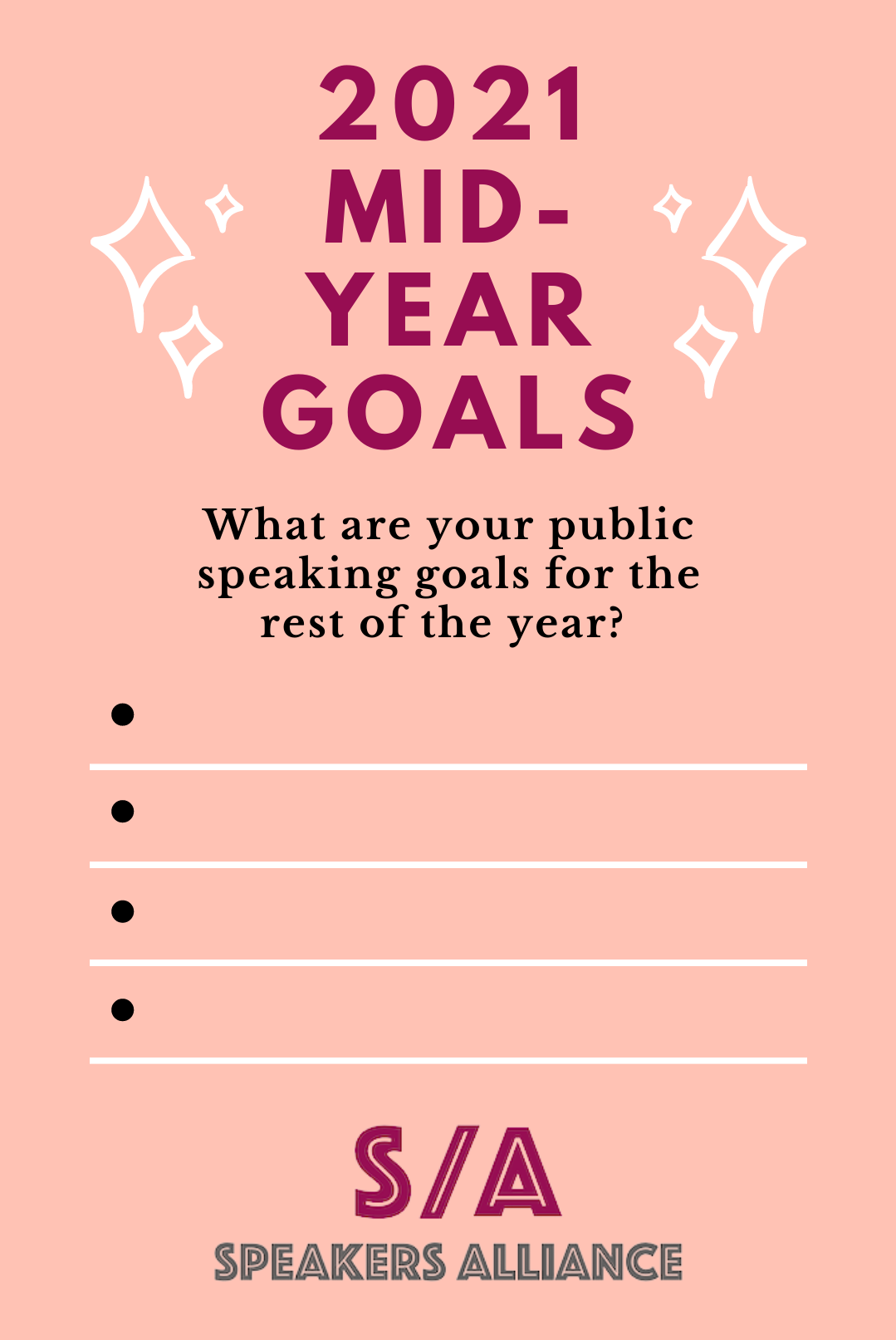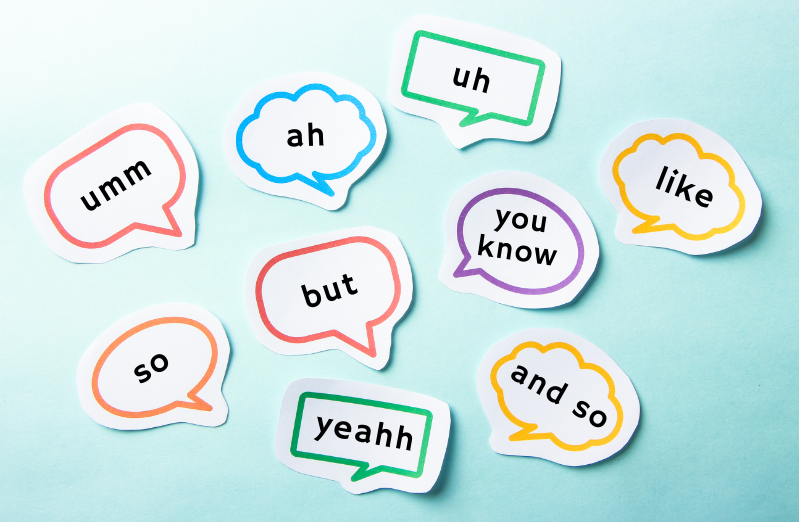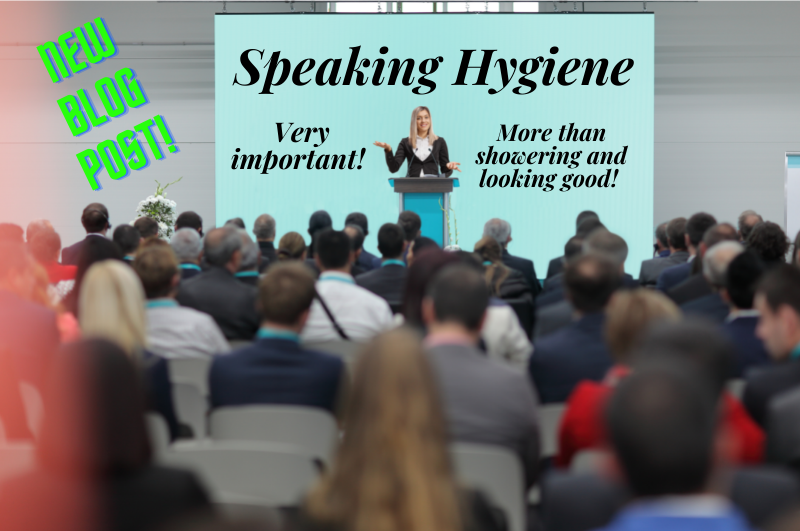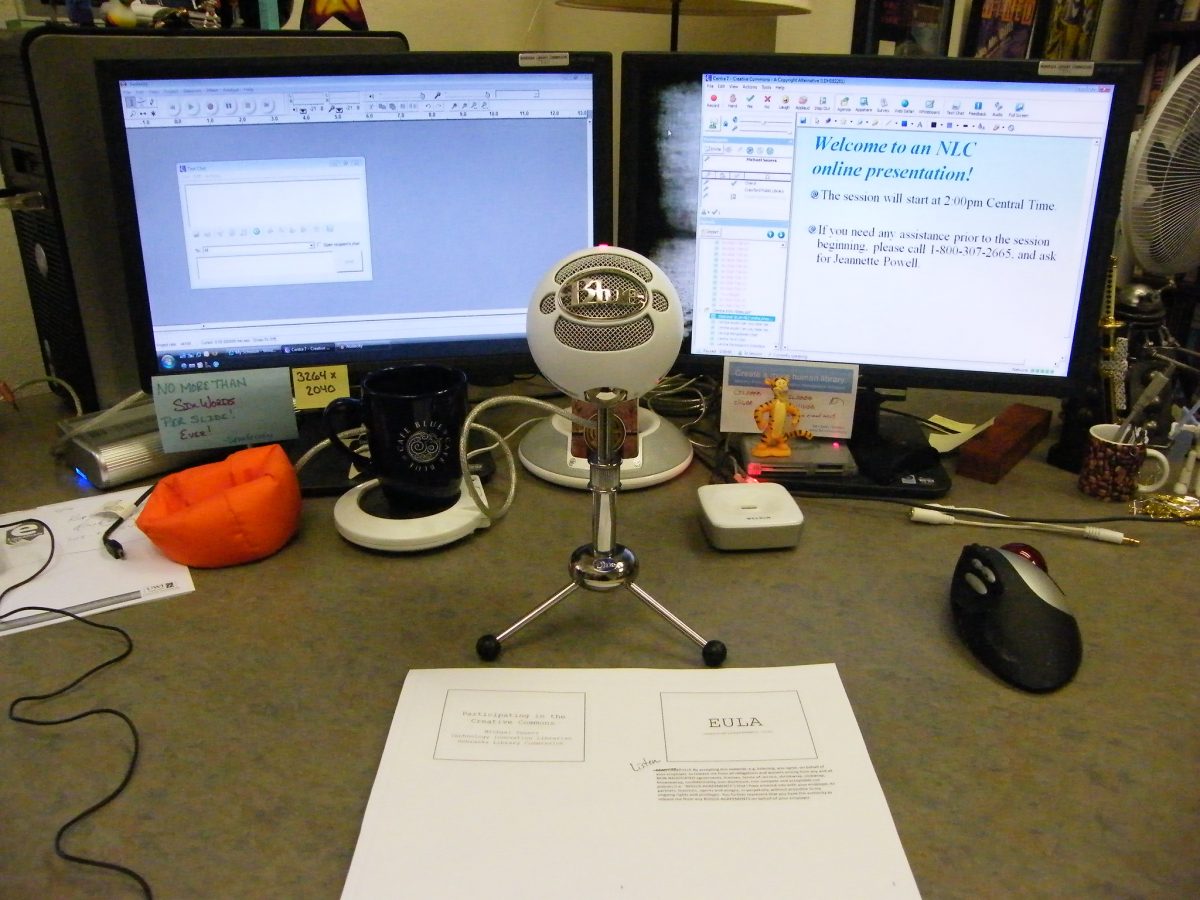We are halfway through 2021 now. How are you doing with your 2021 personal and professional goals? What about your public speaking goals?
Could you use a mid-year goals restart? Time to check-in and see what you can still accomplish in the second half of the year!
I may not be a trend setter (yet), but I am absolutely a goal setter. I am very big into setting personal and professional goals, and I talk about this A LOT on The A-Ha! Method Podcast. Sometimes I am more talk than action though. 😞
I am constantly trying to improve myself, my routine, my skills, etc., which can be a blessing and a curse—blessing because I am all about self improvement, curse because it can become a bit like striving for perfection, which is an unattainable goal…even for me.
In the past few years, I have started making year-long mantras instead of goals. The mantras give me a simple, easy to remember phrase that I can repeat to myself when times are tough. My friend Susan, who I talk about in Podcast Episode 6, also makes yearly mantras with me, and we just so happened to have the same mantra this year—”I Am Here.”
We had different reasons for this mantra, but it’s still fun that we had the same one for the same year. My “I am Here” mantra has two meanings:
- I tend to have a lot of imposter syndrome, and 2021 has pushed me out of my comfort zone a good bit so far. The “I am Here” saying reminds me that I am supposed to be at this meeting, give this presentation, talk about this subject, etc. Whether I feel ready or not, I am here, and I am going to do the best I can.
- I have taken on the unfortunate habit of multi-tasking—both at work and in my personal life. I want to be more present in life with my family and friends and not be on my phone all the time. I am here, I am focused, I am listening!

So far, I have done okay with my 2021 mantra. I still want to be more present in everything I do, but that will take some time and more dedication. I have put myself out there more, and I am learning to be confident and continue to grow and learn from my mistakes. I will continue to work on this “I am Here” mantra, but now I also have some public speaking goals I want to add to the mix as well.
In the spirit of Quarter 3 just starting and us reaching the halfway mark in the year, I want to encourage you to sit down and review how you are doing with your goals so far. If things are going well, keep going and growing and glowing (this was my 2020 mantra)! If things could be improved, let’s do a mid-year goals restart and see if we can finish this year stronger physically and mentally than how we started. And if you don’t have any public speaking goals on your list yet, maybe it’s a good time to add some as well.
Here are my 3 public speaking goals/mantras for the second half of 2021 (I am putting it out on the internet, so no going back now!):
- Quality over quantity
- I have mentioned this on the A-Ha! Method Podcast and in other articles, but I really want this to be my big focus for the rest of this year. I want to work on crafting and developing my stories instead of just throwing out a bunch of stories and never telling them again.
- I set the goal to give 30 speeches this year, but I don’t have to give 30 different speeches. I would like to challenge myself by giving one speech topic five different times and truly experience the iterative and editing process. I’ll let you know how that goes.
- Keep it simple
- I have a tendency to overcomplicate things, like cramming lots of messages, takeaways, and lessons learned into a 5-7 minute Toastmasters speech and usually going over time.
- In my sketches and improv classes, I tend to muddle the idea or forget the point of view to where you aren’t quite sure where it’s going or what I am trying to say. I want to be a better scene partner and writer and a simple way to do that is…keep it simple!
- I can get really wordy in my writing and also when I am facilitating meetings. Lots of run-on and long sentences back to back that really lose my audience. Keep it short, keep it simple!
- Keep it easy for my audience. Make sure my message and my meaning are easy to understand, and that will go a long way in my professional career and life!
- Embrace myself!
- This goes back to the imposter syndrome. I listen to some of my speeches and podcasts and think, “Why did I say that? Do I really sound like that? I really flubbed that sentence there.” I am definitely my own worst critic! I want to learn how to embrace myself—all the things I do well, all the mistakes I make, all my passions, all my quirks, all my silliness. Embrace it and stop wishing that I were someone else or as good as someone else, and just be me.
- I can keep striving to grow and fix some of these mistakes. However, if I can take the self-critic out of the situation, embrace myself, and be present, then I will take my speaking, my self-esteem, and my self-compassion to a new level. If I am constantly criticizing myself, I will forever limit myself!
I know all the SMART Goals advocates are pulling their hair out right now reading this. You have your way of making goals, and I have mine. These are my second half 2021 goals, and I am sticking to them! I will let you know how I fare at the end of the year!
There’s no magic time or age to wait to achieve your goals, and that includes public speaking goals. While I am using this half year mark as a chance to pause and reflect and also make more mantra goals for myself (all the mantras!), I want to remind you that you don’t have to wait until next week, next month, next birthday, next year to achieve your goals. You can challenge yourself now. You can go for your goals now!
→ Want to conquer your fear of public speaking? Sign up for a course or training now! (Check out the A-Ha! Method: Public Speaking in a Time of Distraction course on Udemy.)
→ Want to give a big speech at work? Practice it now! (Come to one of our Speakers Alliance Public Speaking Practice Sessions.)
→ Want to give a Ted Talk? Can’t wait to hear it! Start working on your message now and practice it at our free sessions!
→ Want to step out of your comfort zone? Great! Get out of your own way and take one small step right NOW to start doing that.
Cheers to the second half of 2021! Hope this mid-year goals restart helps you. Let’s check back in December 2021 and see how we did. 😀
